
Best Bulbs to Plant in Fall
Published: 30/01/2024 | Updated: 06/03/2024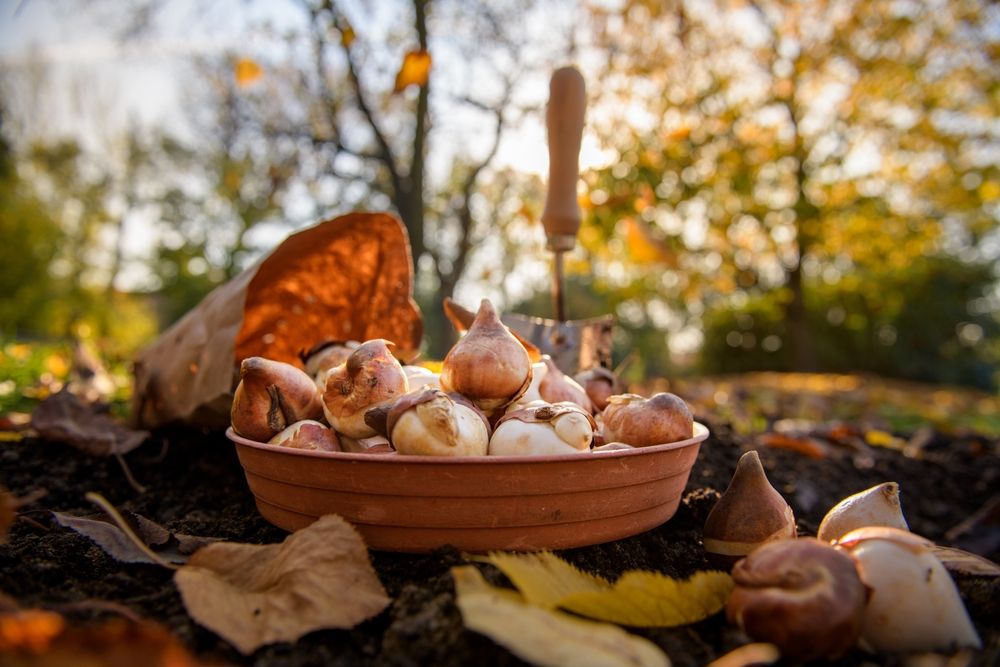


Fall-planted flower bulbs need a cold period to break their dormancy and bloom perennially. But also, this cold makes the flower bulbs bloom profusely and with starker, stronger colors. That also happens with vegetable bulbs, which taste better with stronger flavors when planted in the fall.
So you shouldn't only plant spring flowering bulbs, but practice fall planting of bulbs as a whole. In this article, we give primacy to spring-flowering bulbs for you to have a vibrant spring, but we also recommend other bulbs to plant in fall so that you get a taste of the whole results of fall planting.
Most Popular Flower Bulbs to Plant in Fall
Bulb plants that are planted in the fall are mostly spring-flowering bulbs. Those bulbs vary slightly regarding their growing and blooming season, soil needs, sun exposure needs, etc. But they all have something stunning to offer.
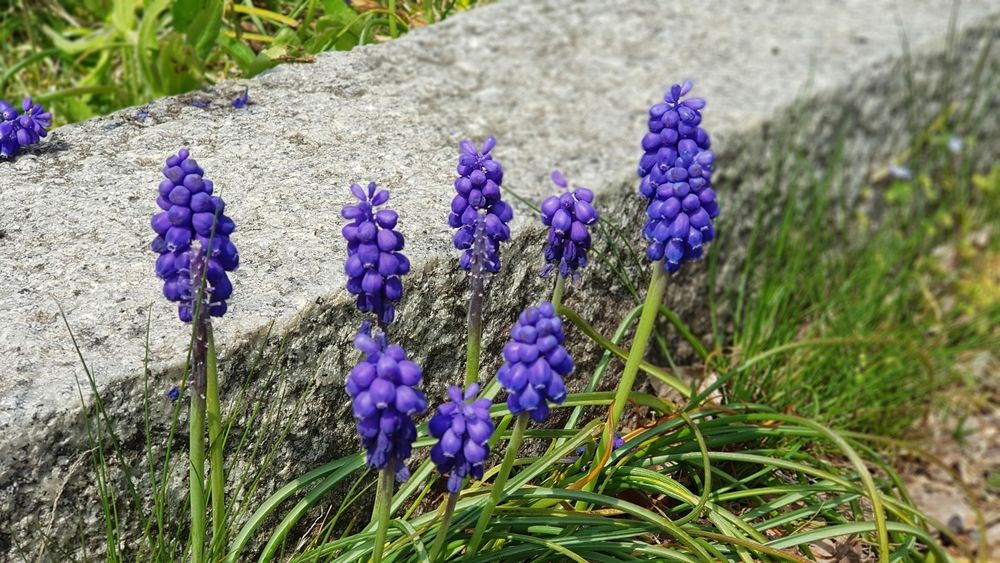
Grape Hyacinth
Grape Hyacinths, also known as Muscari, are small bulbs that produce clusters of deep blue or purple bell-shaped blooms that resemble clusters of grapes.
Grape Hyacinth bulbs should be planted in the fall when the soil is cool, but before it freezes in cold regions, like most fall bulbs. However, the exact timing may vary depending on the climate and USDA hardiness zones.
As a general rule, you can plant fall bulbs of grape hyacinths in warm areas around late November. Those spring bloomers should be planted in full sun or partial shade. They like moist soil that's still well-draining soil.
To be exactly sure of how many inches deep they should be planted, you should consult the package, but a rule of thumb is to plant them twice as deep as they're inches tall.
Grape hyacinths don’t need a whole lot of care after they flower. Rainfall is enough for them and in moderately fertile soil, there is no need for fertilizing. However, be careful where you plant grape hyacinth bulbs because grape hyacinths spread very quickly. They can be quite invasive.
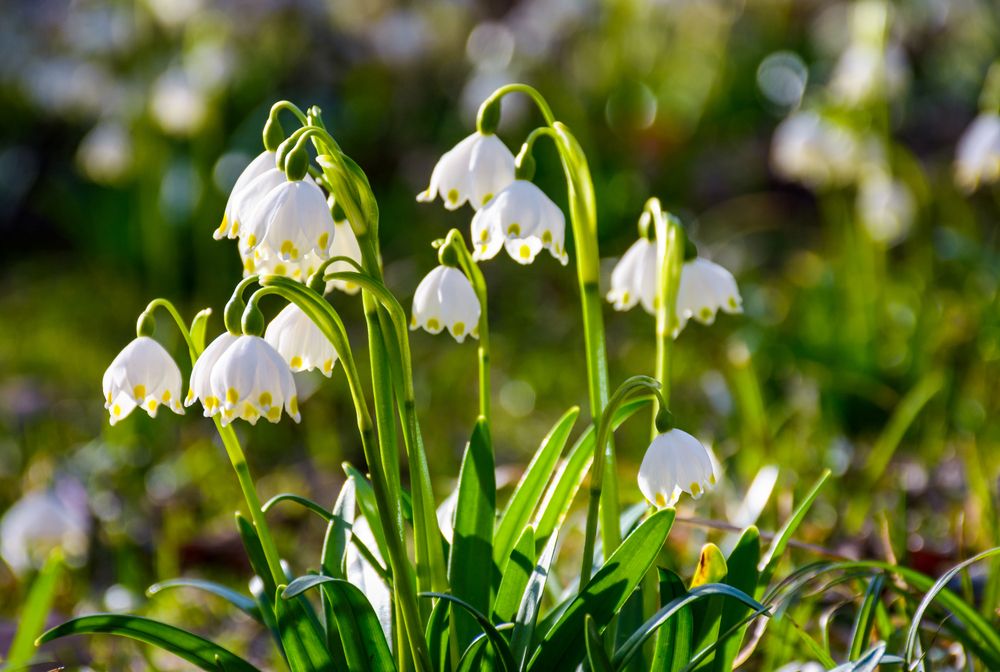
Spring Snowflake
Planting bulbs like Spring Snowflake is how you get the picturesque spring garden you imagine. Spring Snowflake, scientifically known as Leucojum, is a bulb that carries a solitary, lightly scented flower, white with green spots on its tepals.
The bulbs of Spring Snowflake should be planted 6-7 inches deep. It should be planted in moist soil as it prefers heavy waters. It even tolerates boggy spots and will do well on the edges of natural ponds.
This plant grows best in full sun or partial shade. There's not much else for you to do to enjoy those spring beauties. Even pests and deer tend to leave it alone once the plant blooms.
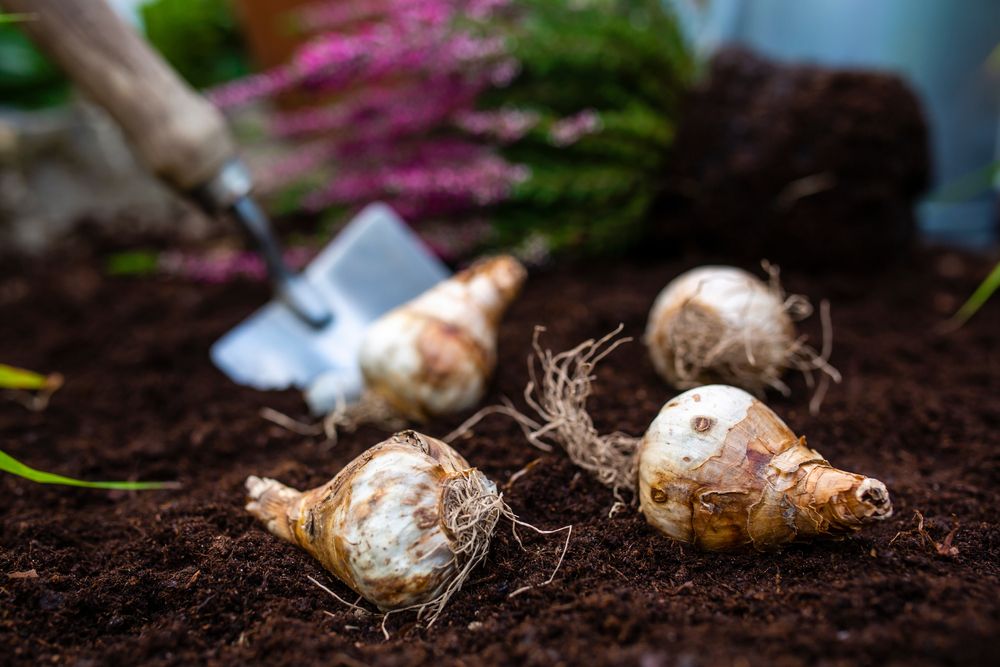
Daffodil Bulbs (Narcissus spp)
Daffodils, scientifically known as Narcissus spp. are among the most popular and easy-growing spring-flowering perennial bulbs, preferably planted in October. If you live in colder climates, aim to start your planting 2 to 4 weeks before the ground freezes.
Daffodils do best in full sun, though they will grow in partial shade. Plant the bulb with the top (pointy end) set about 2 to 3 times as many inches deep as the bulb is inches tall. They bloom around early spring and sometimes late winter when the ground starts to thaw.
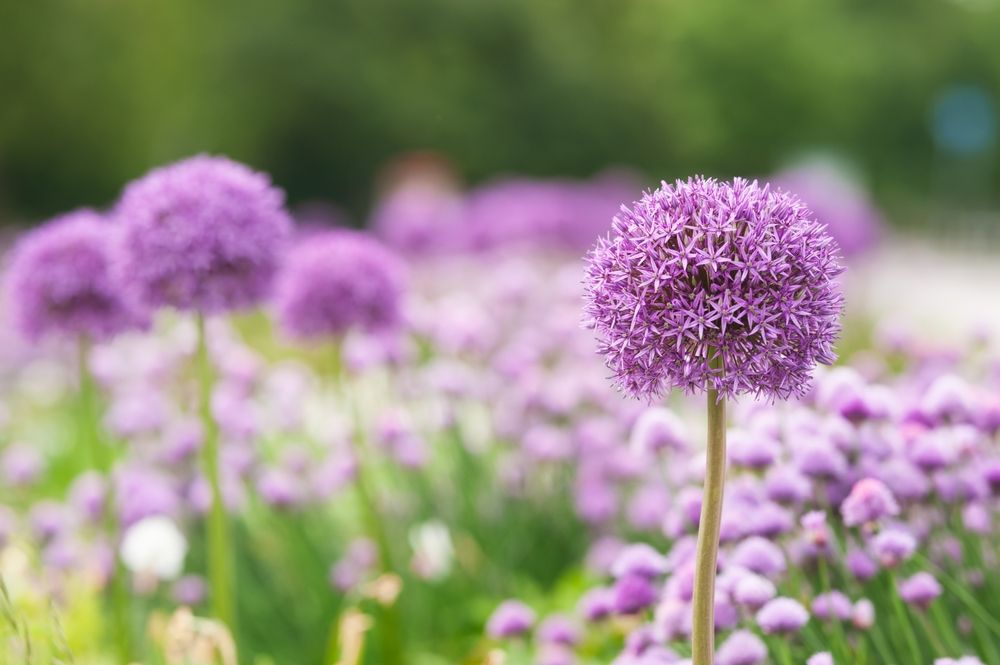
Allium
Alliums, also known as ornamental onions, are perennial bulbs that bloom in late spring or early summer. So you can either get summer blooms or spring blooms.
Alliums do best in full sun, though they will grow in partial shade. Plant the bulb with the top set about 2 to 3 times as deep as the bulb is tall.
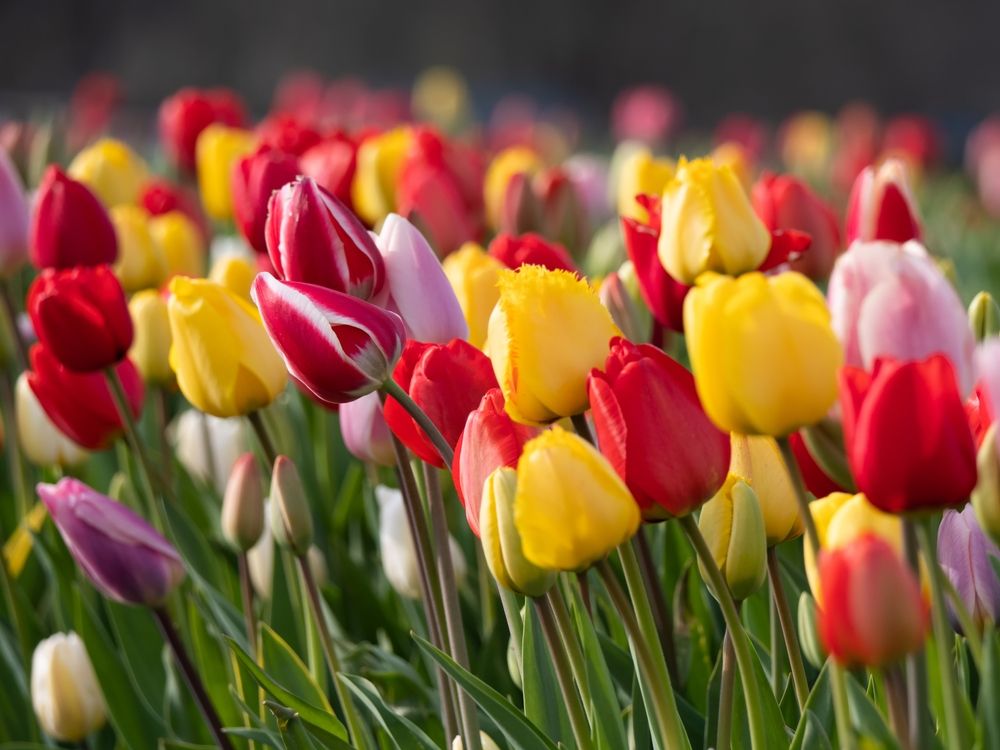
Tulips
Tulips, known scientifically as Tulipa spp., are a popular choice for fall planting due to their vibrant Planting too soon might result in disease concerns.
In cooler northern USDA hardiness zones, September or October would be perfect, but in warmer climates, bulbs can be planted as late as December. They prefer their soil very well-drained, so you can plant in heavy clay soils.
Once their leaves die off and blooms fade, you can cut flowers back. As for their bloom time, tulips typically begin emerging from the ground in late winter or early spring. Certain tulips bloom at different times throughout the season which extends the blooming period.
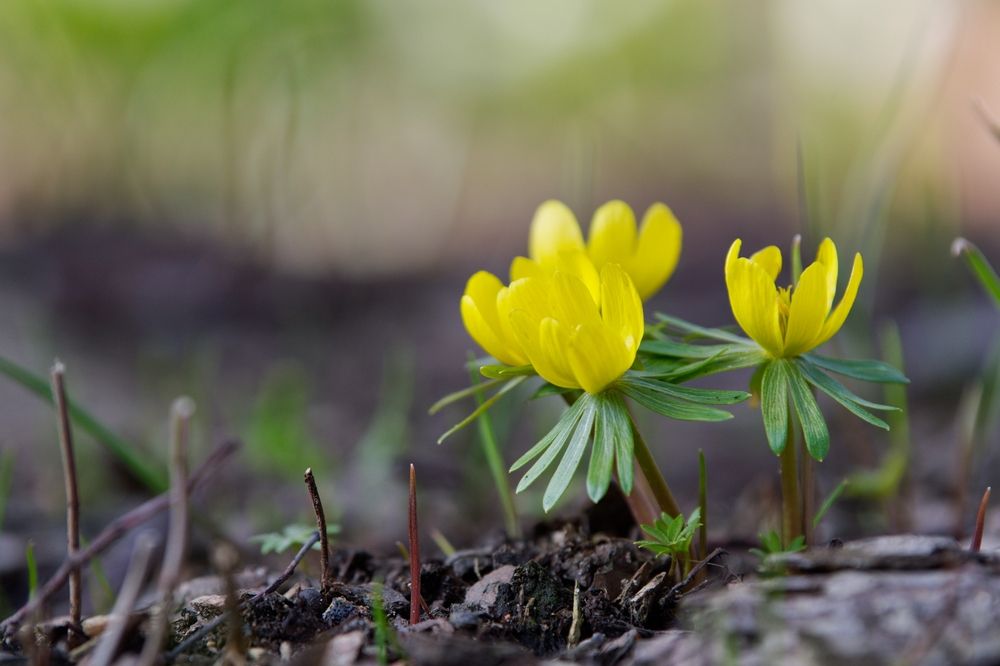
Winter Aconite
Winter Aconite, scientifically known as Eranthis hyemalis, is a perennial flower that should be planted about 5 inches deep and 6 inches apart. It is characterized by golden buttercup-like flowers
Winter Aconite seeds can also be planted directly in the soil in late fall. They'll go into a dormant period early in the winter unlike many bulbs but they'll bring as powerful a spring color. It flowers earlier than most bulbs.
They also love the sun, so would be perfect in rock gardens. In warmer temperatures, they can even finish their growing season and bloom as early as February.
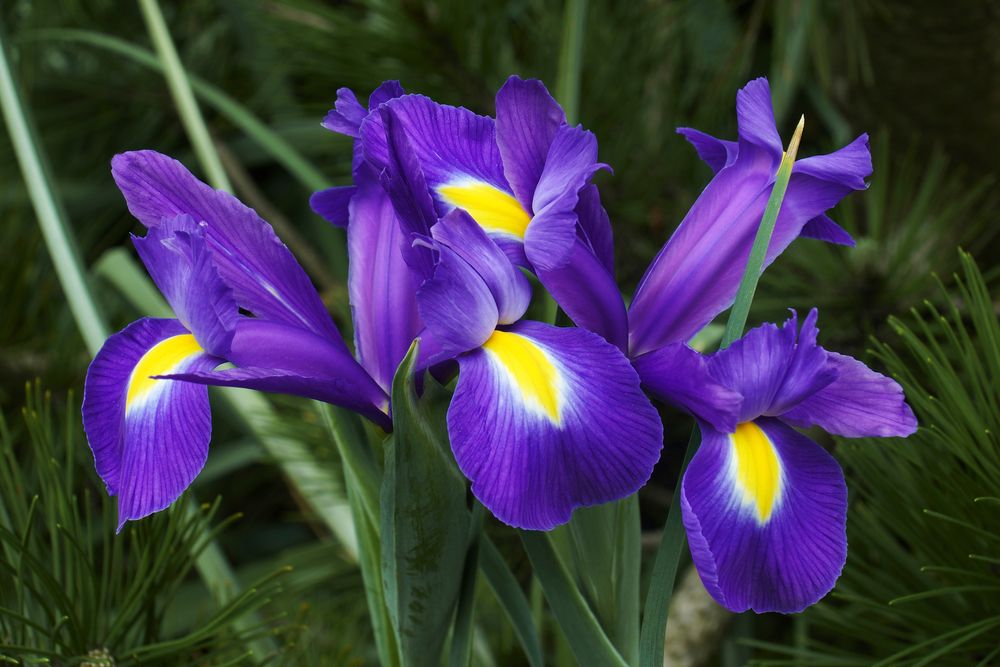
Dutch Iris
Dutch Iris, also known as Iris hollandica, is a hybrid iris that is usually planted around September-October. You'd only need to choose a site in the full sun with well-drained soil. Plant the bulbs 3 inches (7 cm) deep and apart.
Dutch Irises are resistant to most pests and diseases and can tolerate periods of drought, so also perfect for rock gardens. As for their bloom time, Dutch Irises typically bloom for 2-3 weeks in late spring to mid-summer.
Other Fall Bulbs
Among the best bulbs to plant in fall are also vegetables. As stunning as flower bulbs are and as you definitely should plant flower bulbs, you should plant vegetable bulbs to enjoy your homegrown crops in spring and summer.
Here are our recommended edible bulbs to plant in the fall:
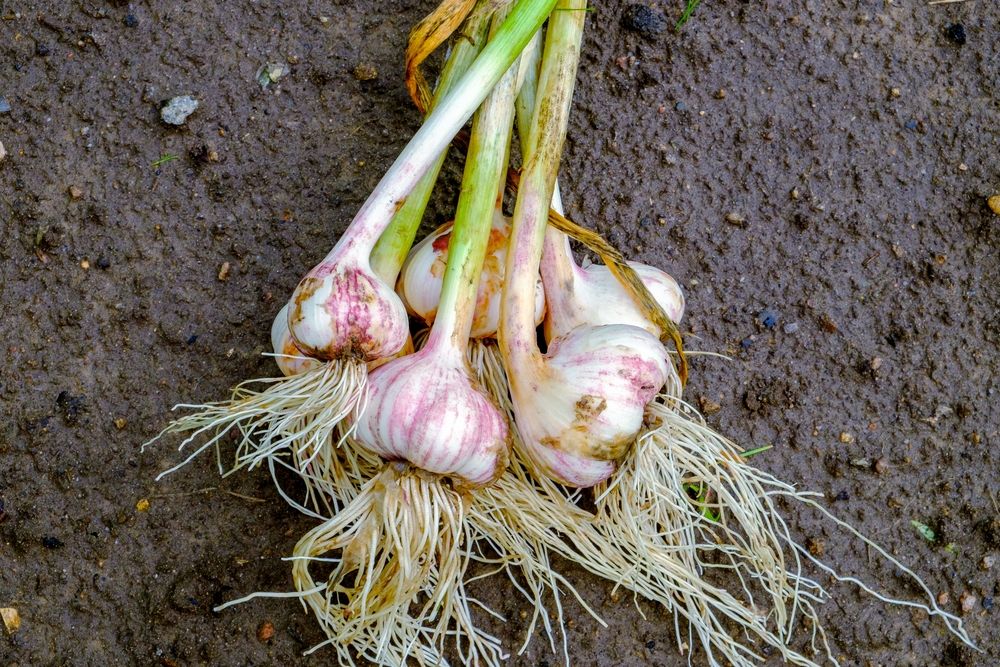
Garlic
Garlic, scientifically known as Allium sativum, can be planted in the fall, to be harvested in late spring or early summer. Most of the onion family shares the same planting time and harvest time.
You should sow garlic 4-6 weeks before the soil begins to freeze for the winter.
Garlic prefers a location in the full sun in well-drained soil. To plant garlic, you need to break up garlic bulbs into individual cloves and choose the biggest cloves.
Plant each clove, still covered with its papery skin, about two inches deep and four inches apart in breathable soil.
Harvesting too soon can lead to smaller bulbs. Those don't store well. However, also leaving the bulbs in the ground too long makes them susceptible to disease.
So make sure to harvest them right when they're ready, around May at the most.
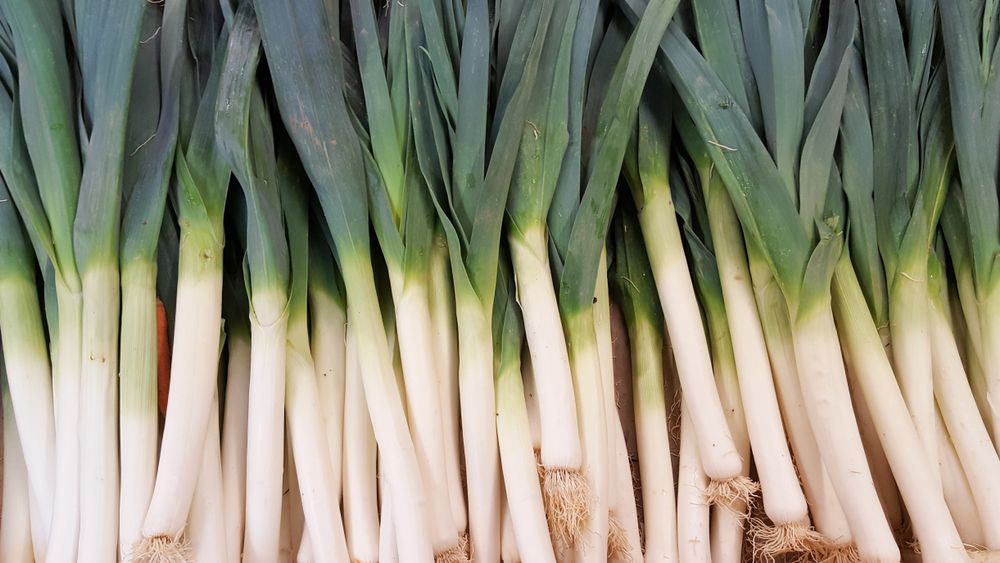
Leeks
The planting time for leeks depends on the climate and the variety of leeks but generally follow the same rules as the rest of the onion family. Leeks can be slightly hardier than the rest of the family, however.
Only make sure they're planted in the full sun and can receive 6 or more hours of sun daily. As for when they ripen, most leek varieties mature from 60 to 120 days, depending on the variety.
Leeks make perfect additions to salads, side dishes, and recipes, as well as a great addition to your kitchen garden.
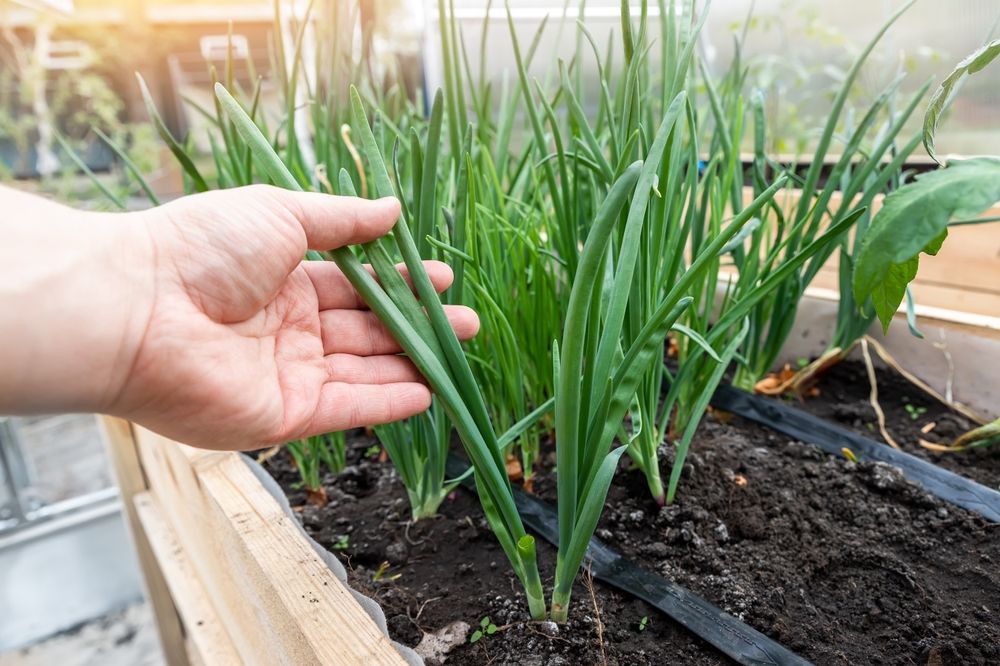
Chives
Chives, scientifically known as Allium schoenoprasum, are a perennial herb from the onion family, which make perfect plant bulbs for your garden.
Chives prefer the full sun to partial shade and do best in well-drained soil.
Sow chive seeds about 1/4 inch deep in the soil. They ripen around two months after sowing seed. The plant is known to produce more abundantly in its second year so the more patient you are, the better the reward.
Fall-planted bulbs are a gardener’s secret weapon for a vibrant and cheerful spring garden. As the rest of the garden goes to sleep, these hardy bulbs get ready to burst into life at the first sign of spring. That's aside from the great vegetables you can harvest and use in recipes as well.
Transforming your fall landscape is made so much easier with our 70% fall discount on Shrubhub on all our landscape design services. This includes our 3D design services, which will make it easy for you to tell exactly how your landscape will look after the landscape is implemented. You can easily sign up for our offer here.


